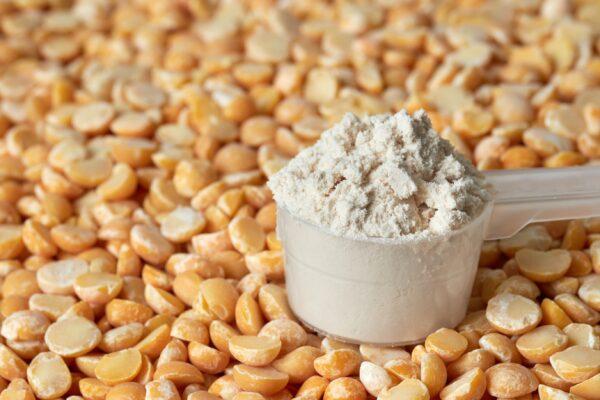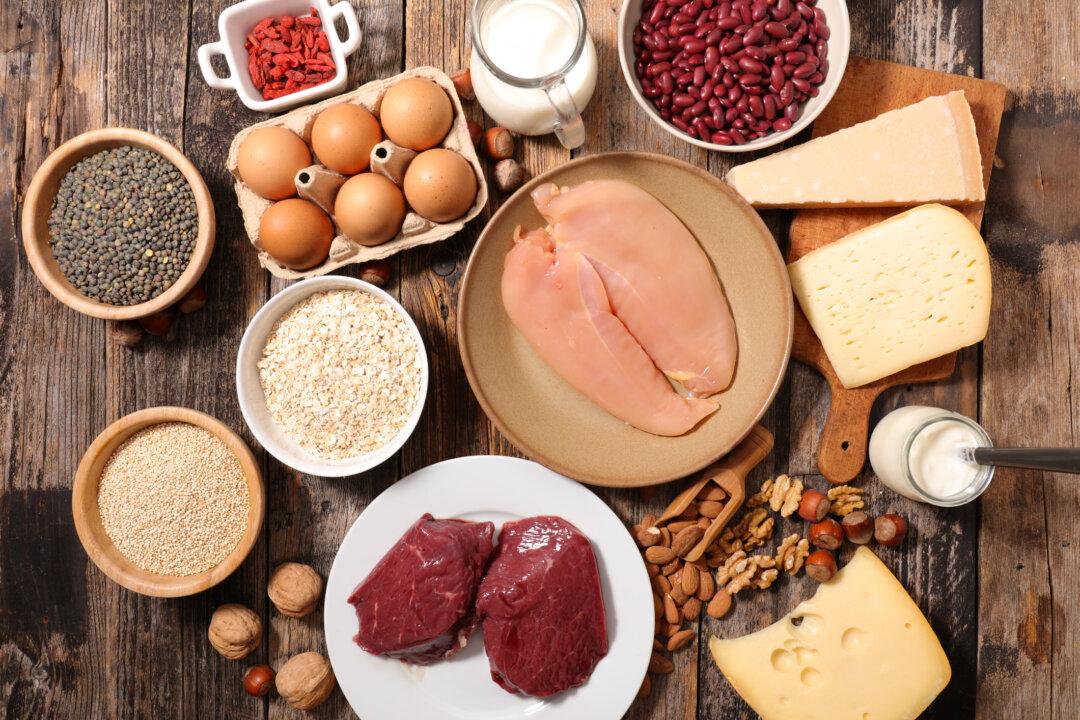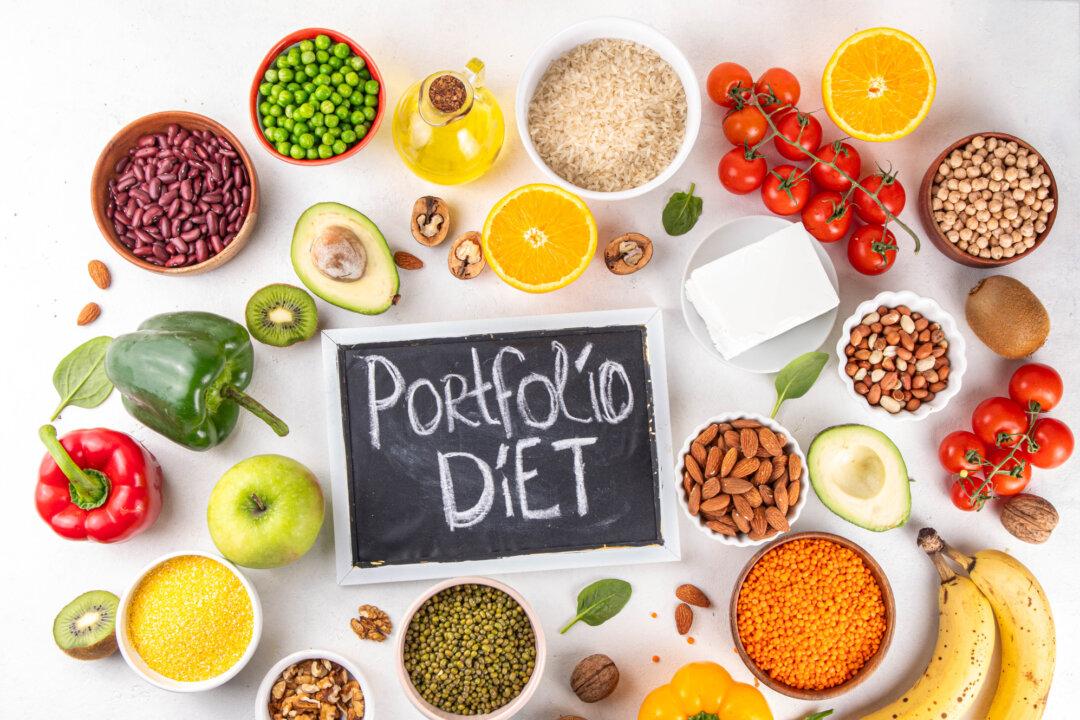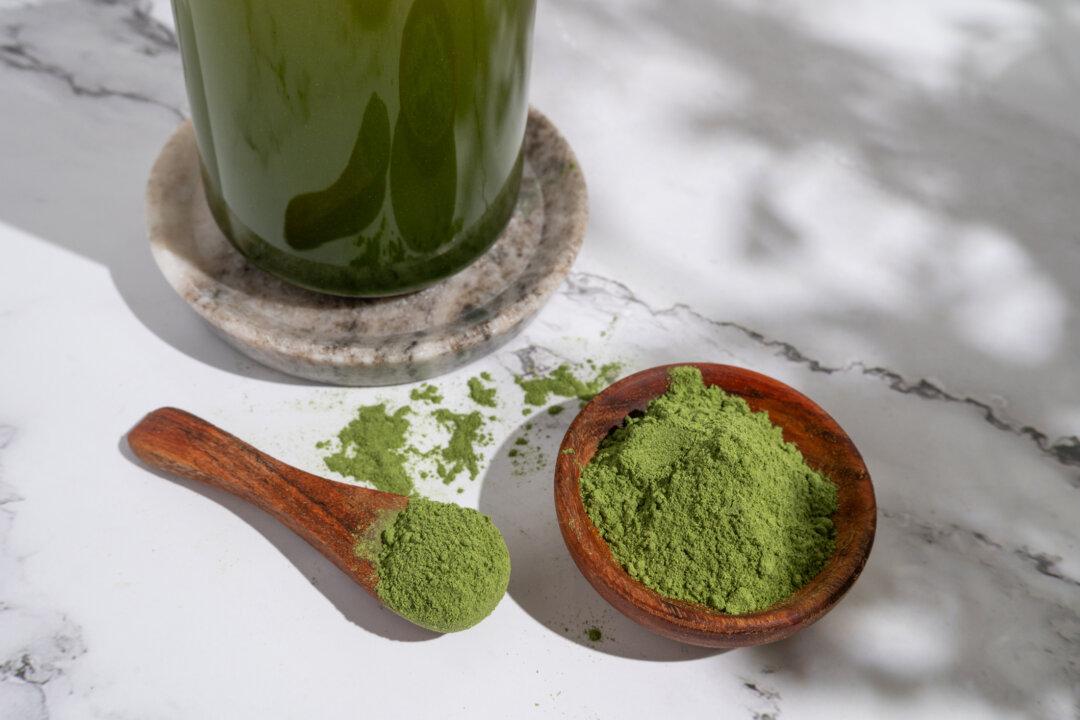As the popularity of plant-based eating blooms, protein sources from the plant kingdom have been flooding the food market. From hemp to sacha inchi to peanut, there are almost too many to keep track of. There’s one source of protein, however, that seems to have grabbed the lion’s share of popularity: pea protein. It has made its way inside a panoply of products, including protein powders, dairy-free versions of milk, ice cream and yogurt, chips, energy bars, and veggie burgers as companies look to ramp up protein numbers to meet consumer demand for the macronutrient.
What Is Pea Protein?
To make pea protein, dried yellow split peas are ground into flour after which it is processed so the protein can be separated from the starches. Isolates go through an additional filtration step, creating a product with roughly 90% of protein by weight, meaning fewer carbs. Companies have now worked out ways to give pea protein a neutral flavor profile and less grittiness, making it an attractive, and relatively inexpensive, addition to a range of packaged foods.
Pea protein has made its way inside a panoply of products. Dreamstime/TNS





